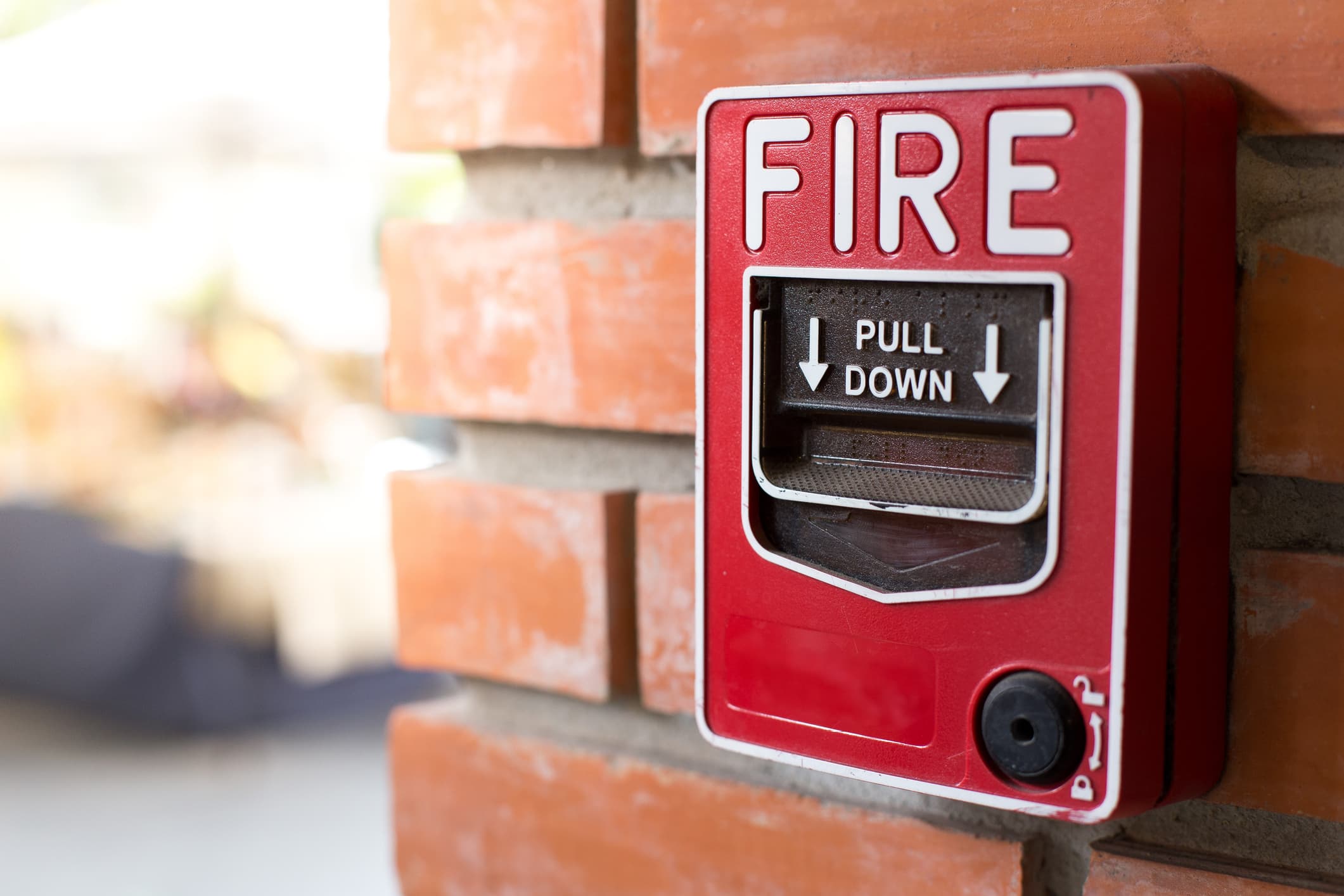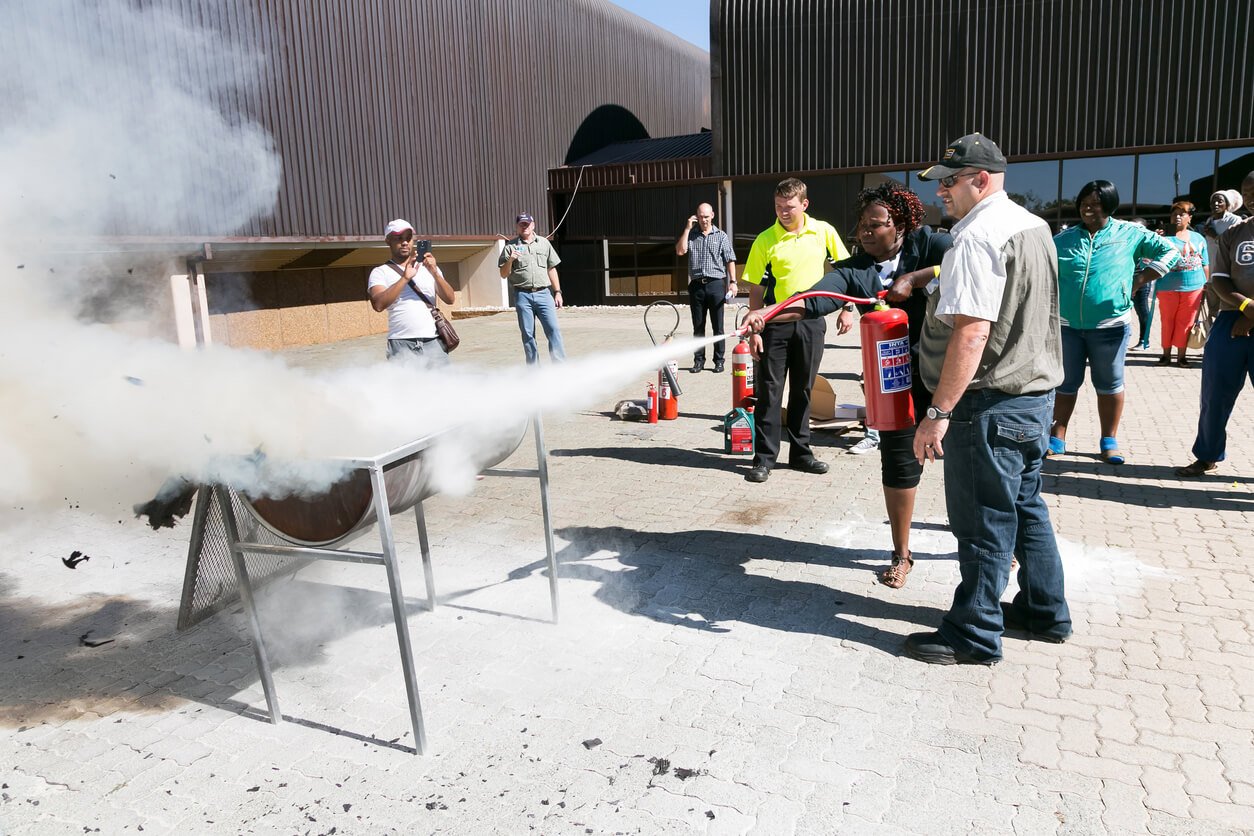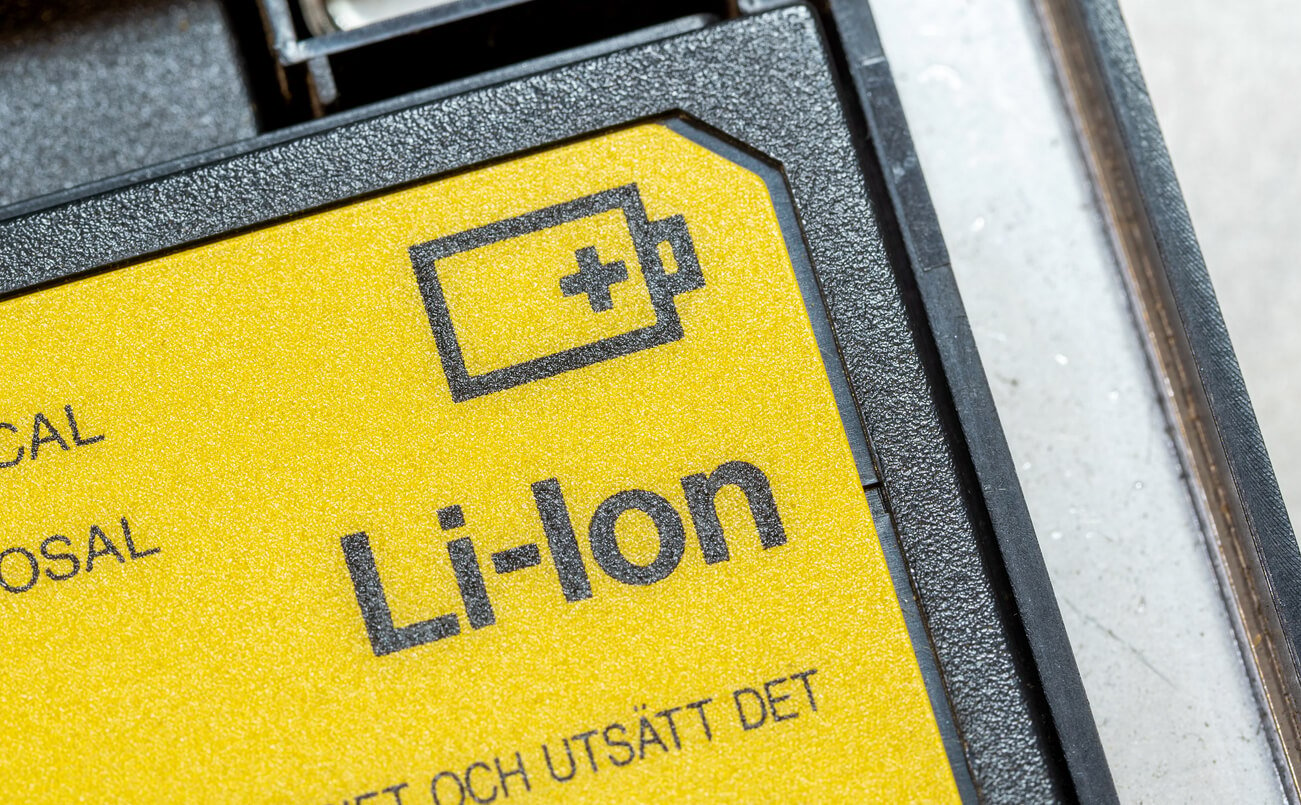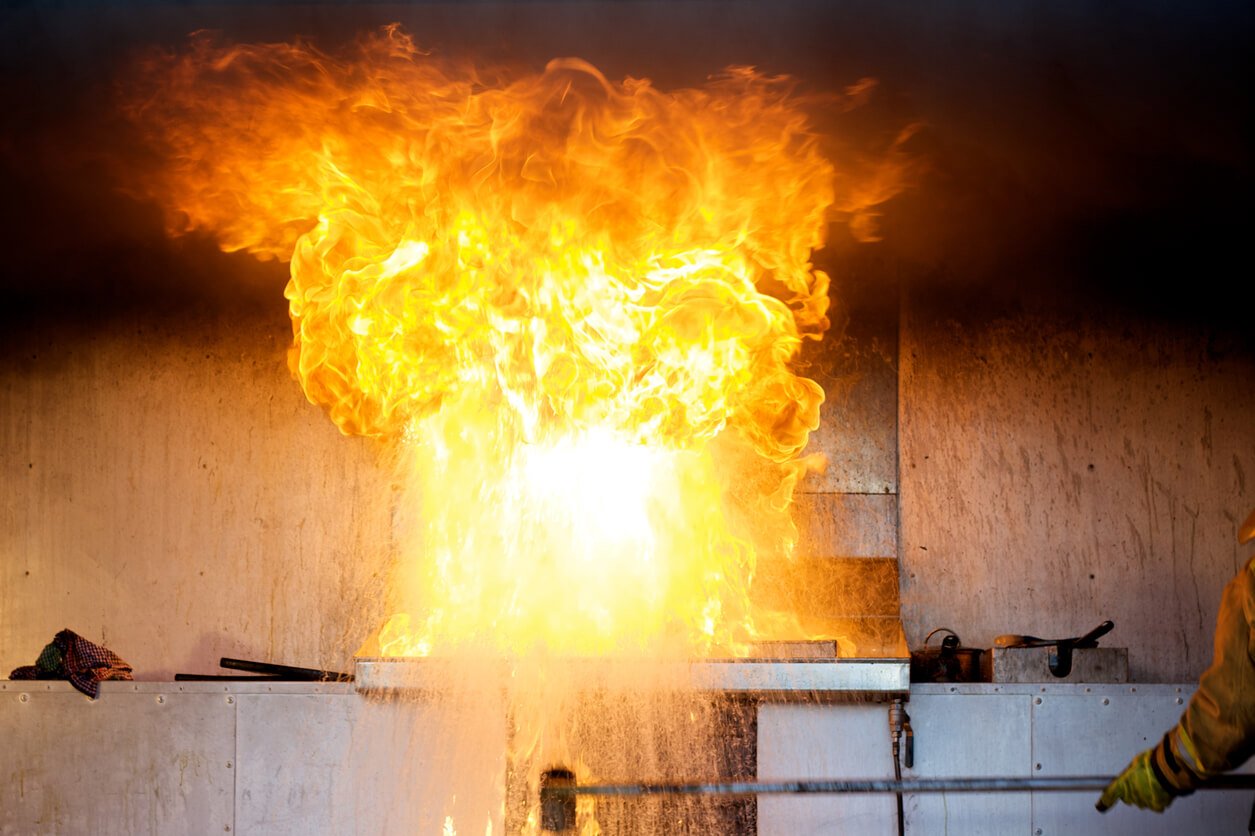Why Fire Alarm Pull Stations Remain Essential in Modern Buildings
Despite advanced automatic detection technology, fire alarm pull stations provide the critical human element in emergency response. These manual devices function independently during power outages or system failures, ensuring you’re covered no matter the situation.
With automations, integrations, and advanced fire protection technology, manual fire safety tools like fire alarm pull stations are often overlooked.
But they’re still in virtually every building you visit.
Knowing what fire alarm pull stations are, how they work, and their requirements will keep your people and property safe.
While building owners invest heavily in sophisticated automatic detection systems (a smart move), fire alarm pull stations remain an important way to alert occupants during an emergency.
These simple red devices serve as the critical human element in fire safety, providing building occupants with direct control over emergency notifications.
Key Takeaways
- Fire alarm pull stations provide critical manual backup to automatic detection systems, giving building occupants immediate control over emergency notifications when seconds count
- Different pull station types serve specific building needs - single-action for quick response environments, dual-action for high-traffic areas prone to false alarms
- NFPA 72 compliance requires pull stations within 5 feet of exits, mounted 42-48 inches high, with maximum 200-foot travel distances between stations
- Visual inspections every ~6 months and annual functional testing by qualified professionals ensure regulatory compliance and system reliability
- Proper documentation of maintenance and testing protects building owners from liability while supporting insurance coverage
What Is A Fire Alarm Pull Station?
A fire alarm pull station is a manually activated device that triggers a building's fire alarm system when pulled or activated by an occupant.
These distinctive red boxes, typically mounted on walls near exits and throughout commercial buildings, serve as the human interface between fire detection and emergency response.
Once activated, they trigger building-wide alerts, initiate emergency protocols, and often notify local fire departments through central station monitoring services.
Unlike automatic detection systems that rely on sensors to identify smoke, heat, or flames, a manual pull station put the power of fire alarm activation directly into the hands of building occupants who may spot danger before automated systems detect it.
Pull stations provide an essential backup to automatic systems, ensuring that human observation and judgment remain part of the fire safety equation.
Common Types of Fire Alarm Pull Stations
Building owners encounter two types of pull station types, each designed for specific applications and security requirements.
Single-Action Pull Station
Single-action pull stations activate with one simple motion—pulling the handle downward. These stations work well in areas where quick activation is paramount, such as manufacturing facilities or warehouses where workers may be wearing gloves or have limited dexterity.
Specs building owners should know:
- You have to mount them at 42 to 48 inches above floor level, with clear sight lines and unobstructed access.
- Monthly visual testing and annual functional testing are required.
Dual-Action Pull Stations
Dual-action pull stations require two steps to activate—usually lifting a cover and then pulling the handle. This design helps prevent false alarms from accidental contact, making it ideal for high-traffic areas such as schools, hospitals, and retail spaces where liability risks are higher.
Some models feature glass panels that must be broken before accessing the pull handle, providing additional security against tampering.
Testing procedures include verifying both activation steps function properly and that protective covers reset correctly after activation.
Important Code Requirements
Building owners must navigate comprehensive regulatory requirements when installing fire alarm pull stations, with compliance directly impacting both occupant safety and legal liability. Here’s what you need to know.
NFPA
The National Fire Protection Association (NFPA) 72 National Fire Alarm and Signaling Code establishes the fundamental framework for pull station installation, mandating specific placement criteria that building owners cannot ignore.
According to NFPA 72 standards, pull stations must be located within 5 feet of every exit door, mounted between 42 and 48 inches above the finished floor, and positioned so the travel distance from any point on a given floor does not exceed 200 feet to reach the nearest pull station.
Additionally, NFPA 101 Life Safety Code requires at least one manual fire pull station in each building.
ADA
The accessibility requirements under the Americans with Disabilities Act (ADA) add another layer of compliance complexity that building owners must address.
Pull stations require clear floor space of at least 30 by 48 inches for wheelchair access, with operating force not exceeding 5 pounds for activation.
Color contrast requirements ensure stations remain visible to individuals with visual impairments, while tactile indicators help those with limited vision locate stations during emergencies.
Local Building Codes
Local building codes often impose additional requirements beyond federal standards, creating jurisdiction-specific obligations that property owners must research thoroughly.
Some municipalities require enhanced placement in high-risk areas, additional stations in large open spaces, or specific types based on building occupancy classifications.
Installation Standards for Fire Alarm Pull Stations
The installation process requires coordination with certified fire protection professionals who understand both national standards and local amendments.
Building owners should plan for future renovations or tenant improvements that could impact pull station accessibility or code compliance, since changes to existing buildings often require fire safety upgrades to meet current standards.
Professional installation ensures proper wiring integration with existing fire alarm systems, central monitoring connections, and emergency response protocols that protect building owners from liability while maximizing occupant safety.
Maintenance and Testing
Building owners carry ongoing legal and safety obligations for fire alarm pull station maintenance that extend far beyond initial installation.
Monthly visual inspections represent the minimum requirement, involving systematic checks of each station for physical damage, obstruction, or tampering. These inspections should document any issues with mounting hardware, protective covers, or visible components that might compromise emergency operation.
Manual pull stations should also be tested annually for a more comprehensive evaluation, including activation of each pull station to verify proper signal transmission to the fire alarm control panel and appropriate response from connected systems. For many buildings, this test is part of the fire comprehensive fire alarm system test and smoke detector test, which must also be performed annually.
The testing process must involve qualified technicians who can properly reset stations after activation and document compliance with manufacturer specifications. Building owners should maintain detailed records of all inspections, tests, and repairs, as these documents provide essential evidence of due diligence during insurance claims or legal proceedings.
Keep Your Building’s Fire Alarm Pull Stations In Good Shape
Outfitting a building with a complete fire alarm system—fire alarm pull stations included—is crucial for life safety and property safety. Understanding the importance of fire alarm pull stations in your building, and how they work, is the first step.
Partnering with experienced fire protection experts ensures your manual pull stations remain reliable, compliant, and ready to protect your people and property when emergencies occur.
Contact the fire safety professionals at Impact Fire Services
to develop a comprehensive maintenance program that meets your building's specific needs and regulatory requirements.








